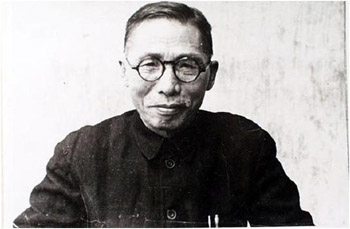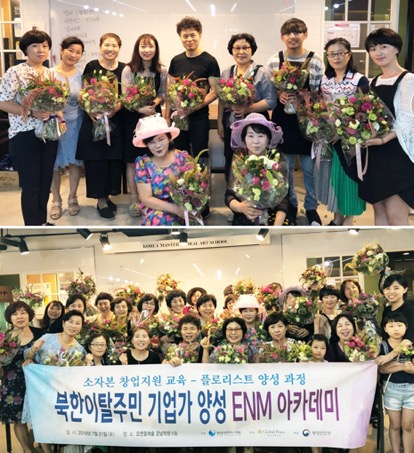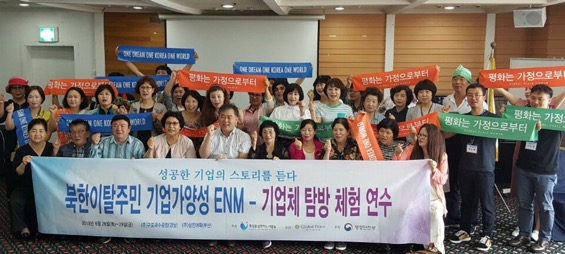There are many threads that run through the narrative of the Korean Independence Movement of 1919, also called the March 1 Movement after its day of origin. On March 1, 2019, while we could easily take the commemoration of the 100th year anniversary of the roughly three months of peaceful public demonstrations against colonial rule as a time to remember the evils of colonialism, to do so would be to mar the true spirit of those who led the movement. A look back into the history of the movement was one of much more than struggle against colonial rule; it is a story about human freedom, responsibility and self-determination. This is clear when we look at the Korean Declaration of Independence that became the unifying basis for the cross-regional, interfaith and inter-generational makeup of the Movement. A remarkable document in of itself, it becomes all the more significant when we also understand the context within which it was written. It was a time of deep suffering and struggle for the Korean people. Despite this, the Declaration was written with the determination to better themselves as the starting point for positive change:
Despite their disregard for the ancient origins of our society and the brilliant spirit of our people, we shall not blame Japan; we must first blame ourselves before finding fault with others. Because of the urgent need for remedies for the problems of today, we cannot afford the time for recriminations over past wrongs. Our task today is to build up our own strength,not to destroy others. We must chart a new course for ourselves in accord with the solemn dictates of conscience, not malign and reject others for reasons of past enmity or momentary passions.
Related to this, although there certainly was the backdrop of Japanese occupation, it was in many respects a time of revolution of a society attempting to move away from the Old World of monarchical, feudal and hierarchical systems into the more democratic forms of governance that we see as desirable today. The American independence movement during its time was truly revolutionary for its time and in some ways was only possible due to its geographic distance from European nations. Were America more closely situated to Europe, the Revolutionary War would have most likely ended in a very different way. Given the dominance of monarchical, hierarchical and feudal systems through most of human history, it is not that unusual that it took almost two hundred years for other countries to begin to experiment with new systems of governance.

Kim Gu was one of the leaders for the Korean independence movement
In Korea, we might say that the Korean independence movement was not simply a movement against foreign rule and occupation but a struggle to assert the will of the people in determining the shape and future of their nation. The Korean Independence leaders were highly conscious of the fact that they did not want a mere restoration of the Chosun dynasty as it had been but aspired to construct a new nation built around the vision, principles and values of the Korean people.
They also saw and understood the natural connections between the aspirations for a free, united and independent Korean nation and the United State’s own independence movement and so were extremely active in the U.S. in ways that we may not have previously understood. The U.S. model was studied by those Korean Independence movement leaders and there were many who hoped to enlist the support and backing of the United States directly in their efforts for independence and in the building of a new, free, democratic nation. While we know that this ultimately did not happen, it is this history that should inform our efforts towards Korean reunification and the eventual establishment of One Korea.

AKU and entrepreneurship programs supporting North Korea women in their flower arrangement class
A study has shown that during the period of 1919-1921 thousands of letters and articles related to the Korean independence movement were printed in publications across the United States. This does not take into account the undoubtedly more numerous meetings, discussions, debates, programs and activities that had most likely taken place in Korea-American diaspora communities around the country in support of the Korean independence movement. This becomes yet another lesson we can learn from the movement in 1919. In addition to and to complement the work undertaken at high-level talks, conferences and forums, it is these every day, every person ways of engaging on the issue that should inform how we approach Korean reunification.
To this end, Action for Korea United (AKU) has taken up this call and has been working with over 1,000 civil society organizations in Korea and beyond. They have been working to engage all Koreans and their friends in a process of building a new nation, in building the Korean Dream elucidated at the very beginning of its founding over 4,000 years ago, to be a model nation that “brings benefit to all humanity.”

